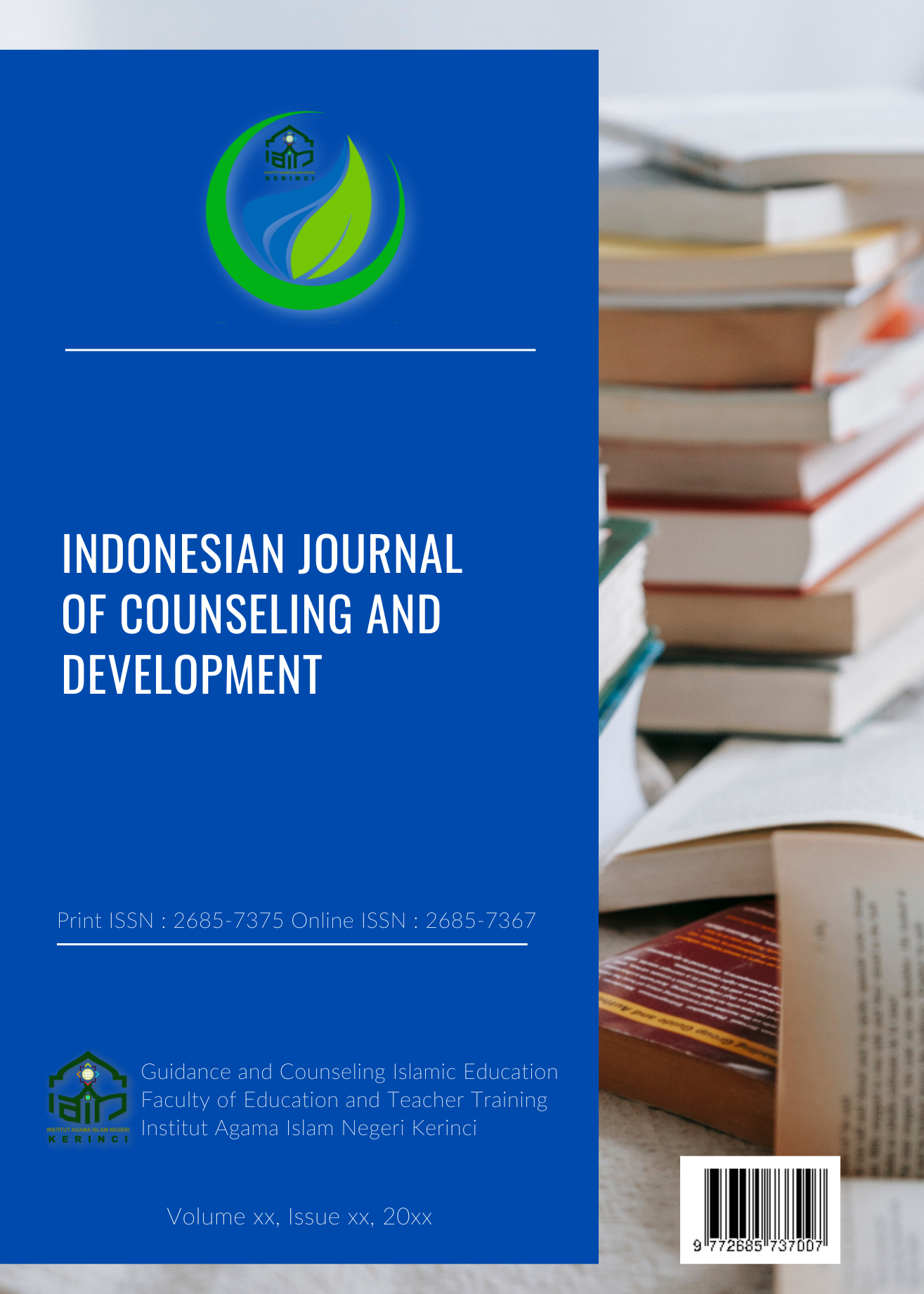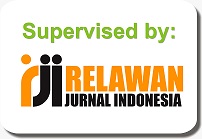Character Education Values in the Animated Series Nussa: A Semiotic Approach
Abstract
This study addresses the concern over children’s increasing exposure to YouTube content that often lacks values of character education and may contribute to a crisis of character. Animated films, however, can be an alternative medium for instilling positive values, yet children frequently regard them only as entertainment and overlook their educational aspects. To explore this potential, the animated series Nussa, available on YouTube, was chosen as the research object because it integrates Islamic values and conveys moral lessons in an engaging way. The study employs a descriptive qualitative design within the framework of library research using a structuralism approach. Data were collected through documentation and analyzed using Roland Barthes’ semiotic theory, while validity was ensured through prolonged observation, persistence, and triangulation. Findings reveal three key points: first, nine character values were identified across five episodes of Nussa, namely religiosity, honesty, tolerance, creativity, curiosity, nationalism, friendliness/communicativeness, environmental care, and responsibility; second, denotative meanings illustrated everyday Muslim life through characters like Nussa, Rara, Uma, and Abdul, while connotative meanings emphasized moral values, and mythological meanings reinforced Islamic perspectives on these values; third, methods of transmitting character values included qudwah (role modeling), targhib (motivation), commands, prohibitions, tarhib (warnings), dialogue, and debate. Overall, the study concludes that the Nussa animated series serves not only as entertainment but also as a valuable medium for character education, contributing positively to children’s moral and social development.
Downloads
References
Alamsyah, A. (2021). YouTube: Sebuah kajian demokratisasi informasi dan hiburan. Jurnal Politik Profetik, 9(1), 98-118.
Al–Attas, S. M. N. (2014). Prolegomena to the Metaphysics of Islam. Penerbit UTM Press.
Almerico, G. M. (2014). Building Character through Literacy with Children's Literature. Research in Higher Education Journal, 26.
Putra, P., & Aslan, A. (2019). Exercising Local-Wisdom-based Character Education in Madrasah: an Ethnographic Study in a Madrasah in Sambas, West Kalimantan. Jurnal Pendidikan Agama Islam (Journal of Islamic Education Studies), 7(2), 167-183.
Barthes, R. (1972). Mythologies (A. Lavers, Trans.). New York: Hill and Wang, 117.
Berkowitz, M. W., & Bier, M. C. (2005). What works in character education: A research-driven guide for educators.
Creswell, J. W., & Poth, C. N. (2016). Qualitative inquiry and research design: Choosing among five approaches. Sage publications.
Laksana, B. K. (2014). Living together in a religious plural society: Indonesian teachers' and student's perceptions on citizenship, identity & religious tolerance (Doctoral dissertation, Open Access Te Herenga Waka-Victoria University of Wellington).
Maula, N. R., & Fatmawati, L. (2020). Pengembangan media pembelajaran Kayaku (Kayanya Alam Negeriku) berbasis STEM kelas IV sekolah dasar. Jurnal Ilmiah Sekolah Dasar, 4(1), 97-105.
Gillies, R. M. (2016). Cooperative learning: Review of research and practice. Australian Journal of Teacher Education (Online), 41(3), 39-54. https://doi.org/10.14221/ajte.2016v41n3.3
Ibn Taymiyyah. (2010). Majmu’ al-Fatawa. Riyadh: Dar al-Salam.
Kementerian Pendidikan Nasional. (2003). Undang-Undang Sistem Pendidikan Nasional No. 20 Tahun 2003. Depdiknas.
Koesoema, D. (2019). Pendidikan karakter; Strategi mendidik anakdi zaman global.
KPI. (2020). Laporan Tahunan KPI: Tayangan Anak. KPI.
Krippendorff, K. (2018). Content analysis: An introduction to its methodology. Sage publications.
Lasswell, H. D. (1948). The structure and function of communication in society. The communication of ideas, 37(1), 136-139.
Lickona, T. (1992). Educating for character: How our schools can teach respect and responsibility. Bantam.
Miles, M. B., Huberman, A. M., & Saldaña, J. (2014). Qualitative data analysis: A methods sourcebook (3rd ed.). Thousand Oaks, CA: Sage.
Moleong, L. J. (2019). Metodologi penelitian kualitatif (Edisi revisi). Bandung: Remaja Rosdakarya.
Nucci, L. (2015). Moral development and education.
Rahmawati, N. R., Laksana, E. P., & Kholidin, F. I. (2023). Kebutuhan Perkembangan Siswa SD Islam Se-kota Kediri. Buletin Konseling Inovatif, 3(1), 25-36.
Sahin, A. (2018). Critical issues in Islamic education studies: Rethinking Islamic and Western liberal secular values of education. Religions, 9(11), 335. https://doi.org/10.3390/rel9110335
Samani, D. M. (2019). Konsep dan model pendidikan karakter. Bandung: PT Remaja Rosdakarya.
Ghufron, S., Rulyansah, A., & Saputri, T. (2024). Effectiveness of Innovative Learning Media in Elementary Schools during the COVID-19 Pandemic. Pegem Journal of Education and Instruction, 14(3), 230-242.
Sutoyo, A., & Nugroho, I. S. (2023). Psychoeducation group and its effect on students’ academic integrity. International Journal of Instruction, 16(1), 277-294.
Teeuw, A. (1984). Sastra dan ilmu sastra: Pengantar teori sastra. Jakarta: Pustaka Jaya.
Naufal Ziddan Pratama, N. (2022). Analisis isi komunikasi nonverbal dalam film animasi nussa: the movie (Doctoral dissertation, Universitas Islam Negeri Sultan Syarif Kasim Riau).
Trilling, B., & Fadel, C. (2009). 21st century skills: Learning for life in our times. Jossey-Bass.
Education, G. C. (2015). Topics and learning objectives. Organisation des Nations Unies pour l’éducation, la science et la culture. Printed in France.
Vygotsky, L. S. (1978). Mind in society: The development of higher psychological processes. Harvard University Press.
Wibowo, A. (2012). Pendidikan Karakter: Strategi Membangun Karakter Bangsa Berperadaban. Yogyakarta: Pustaka Pelajar.
Wirafianto, Y. (2019). Producer’s Notes on Nussa. Jakarta: 4 Stripe Production.
Chanifah, N., Hanafi, Y., Mahfud, C., & Samsudin, A. (2021). Designing a spirituality-based Islamic education framework for young muslim generations: a case study from two Indonesian universities. Higher Education Pedagogies, 6(1), 195-211.
Zed, M. (2008). Metode penelitian kepustakaan. Yayasan Pustaka Obor Indonesia.
Copyright (c) 2024 Syarli Wahyuni, Ahmad Jamin, Daflizar Daflizar

This work is licensed under a Creative Commons Attribution 4.0 International License.








